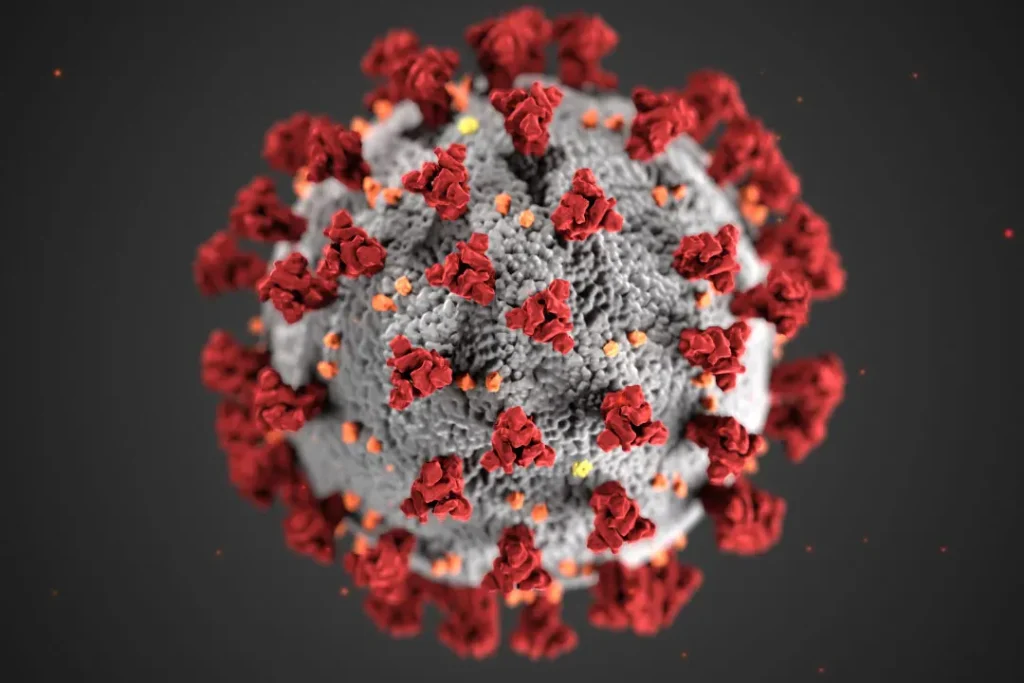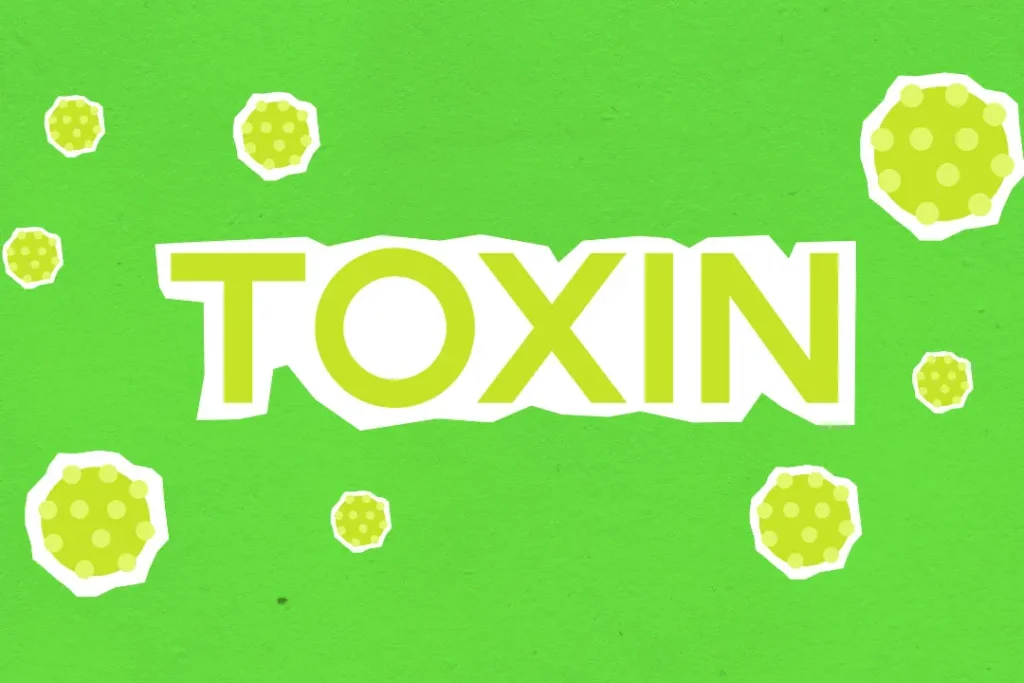Over 300 species of flowering plants make up the genus clematis, which has long been praised for its ornamental beauty. Several species from clematis are also used as food supplements and in conventional medicine, specifically homeopathy. This article provides a thorough analysis of the many facets of clematis, exploring its health advantages, suggested dosage, potential drawbacks, and interactions with other substances.
You May Also Like:
Should You Try CBD for Focus? Here Are the Facts.
Sunmed CBD vs. Partnered Process CBD: Finding the Best CBD for Sleep
Clematis: Benefits, Dosage, Side Effects, Drug Interactions, and Other Important Information is an original (NootropicsPlanet) article.
Nature and Chemistry of Clematis
Clematis, which belongs to the ranunculaceae family, has captivated gardeners all over the world with its fascinating array of hues and forms. But its appeal goes far beyond mere aesthetics. The chemical makeup of the plant is rich in many bioactive substances, particularly in clematis mandshurica, clematis recta, and clematis chinensis. The active substances in clematis include flavonoids, triterpenoid saponins, and phenolic glycosides. Each of these groups has a distinct chemical makeup and offers different health advantages. Polyphenolic compounds are the most beneficial because they are known for their strong antioxidant activity. They are also known as flavonoids. Oxidative stress, a process that aids in the pathogenesis of several chronic diseases, is combated by antioxidants in our body.

Health Benefits of Clematis
The bioactive components of clematis are primarily responsible for its therapeutic effects. Clematis has analgesic, anti-inflammatory, and anti-cancer properties. These properties are the main topics of current research, and emerging data also suggests there are benefits for cardiovascular and neurological health.
Triterpenoid saponins are responsible for the anti-inflammatory effects of clematis. These substances inhibit pro-inflammatory cytokines like tumor necrosis factor-alpha (TNF-) and interleukin-6 (IL-6), which reduce inflammatory reactions in our body. Asthma and arthritis are two conditions that may benefit from this.
The inhibition of cyclooxygenase enzymes (COX-1 and COX-2), which are essential for inflammation and pain perception, is responsible for analgesic effects. Clematis may be used in place of NSAIDs (Non-Steroidal Anti-Inflammatory Drugs) as a natural remedy in this situation.
The anti-cancer properties of clematis, particularly against breast, lung, and colon cancers, has new evidence that has been discovered by scientists. The plant’s phenolic glycosides have shown the potential for causing cancerous cells to undergo apoptosis or programmed cell death.


Chemistry of Clematis
As we have mentioned earlier, the bioactive components of clematis are primarily flavonoids, triterpenoid saponins, and phenolic glycosides. These substances have many therapeutic properties because of their distinctive chemical structures.
When a sugar molecule merges with a phenolic group, a type of glycoside known as a phenolic glycoside is created. The molecule becomes water-soluble due to this combination, which enhances absorption in our body. Additionally, these substances are linked to anti-inflammatory, anticancer, and antioxidant properties.
Another class of glycosides called triterpenoid saponins is made up of a lipid-soluble molecule called a triterpene aglycone that has a sugar chain attached to it. These saponins’ amphiphilic properties (both water and lipid solubility) can damage cell membranes and alter cellular signaling pathways.
A diverse class of polyphenolic compounds known as flavonoids are distinguished by having two phenolic rings connected by a three-carbon bridge. Their ability to scavenge dangerous toxins in our body is the source of their antioxidant activity, which shields our body from oxidative stress and inflammation.


Physiological Properties of Clematis
There is a wide variety of bioactive compounds found in clematis that have created many properties that benefit our health and wellbeing..
Triterpenoid saponins’ activities linked to clematis’ anti-inflammatory properties reduce the synthesis of cytokines that promote inflammation, including IL-6 and TNF-. The NF-kB pathway is a crucial signaling pathway in the inflammatory response.
The inhibition of COX-1 and COX-2 enzymes is thought to be responsible for the analgesic effects. Prostaglandins, lipid compounds that contribute to the perception of pain and the inflammatory response, are produced by these enzymes, and their production is essential. Clematis can reduce pain and inflammation in our bodies by preventing these enzymes from working.
Phenolic glycosides are connected to the anti-cancer properties of clematis. These substances can cause cancer cells to undergo apoptosis, or essentially self-destruction. The intrinsic and extrinsic apoptosis pathways, among others, are activated in order to accomplish this.
The antioxidant properties of clematis are what give the plant its cardiovascular benefits. Low-density lipoproteins (LDL) become oxidized due to oxidative stress, which is a crucial step in the development of atherosclerosis. The flavonoids in clematis can assist in preventing LDL oxidation and lessen the risk of atherosclerosis by scavenging the unwanted toxins from our bodies.
Research has found a possibility for clematis to have neuroprotective properties. This most likely is the result of its antioxidant and anti-inflammatory properties. Inflammation and oxidative stress have been linked to numerous neurological conditions, including Alzheimer’s and Parkinson’s diseases. By mitigating these processes, clematis can contribute to neurological health.
Optimal Dosage of Clematis
There is no standard dosage for taking clematis as a supplement at this time, given the little amount of research on it. However, a diluted clematis preparation—typically clematis erecta—plays a role in homeopathy to treat many ailments. There is still a need for more thorough, randomized, controlled clinical trials to determine the ideal dosage range that maximizes its effectiveness while minimizing potential side effects.
Side Effects of Clematis
Although its health advantages make clematis seem quite beneficial, it is important to take into account the potential side effects. Contact with clematis can result in clematis dermatitis, which is a condition that can irritate your skin. Large doses can also cause severe gastrointestinal distress. These issues may include nausea, vomiting, and diarrhea. Ataxia, fainting, and dizziness are also possible side effects. Before starting any supplement regimen, including one involving clematis, it is imperative that you that you speak with your healthcare provider first.


Potential Substance Interactions with Clematis
The safety and effectiveness of nutritional supplements can be significantly impacted by substance interactions. Currently, there is still very little research on the possible interactions of clematis with other substances. However, clematis is known to interact with drugs like warfarin, aspirin, and clopidogrel because of its antiplatelet and anticoagulant properties. Additionally, interactions with other painkillers can happen because of its analgesic properties. To fully understand these possible interactions, more research is required.


Best Responsible Use
Due to the abundance of bioactive compounds in clematis, the field of health and wellness has much to look forward to. Further research is necessary to determine its potential anti-inflammatory, analgesic, and anticancer effects. However, it is crucial to acknowledge the need for thorough scientific investigation to determine the best dosages and understand its potential side effects, and drug interactions. To ensure that it is safe and suitable for your particular health, you should proceed cautiously and consult with your healthcare professional before use, as with any supplement or treatment.
Clematis:
Conclusion
Despite the gaps in our understanding, clematis stands out as a brilliant example of the potential that can be achieved by using natural compounds to improve our health. Clematis and related plants could play major roles in the future for our health and wellness as we continue to deepen our understanding of the relationship between nature and human health. Eventually, clematis will be known not just for its ability to create beautiful gardens, but also help us all to live happier, healthier lives as well!
References:
- The chemistry, pharmacology, and therapeutic uses of the Clematis genus. Retrieved from: https://www.ncbi.nlm.nih.gov/pmc/articles/PMC6212925/
- Clematis – A source of bioactive compounds for medicinal application. Retrieved from: https://www.frontiersin.org/articles/10.3389/fphar.2019.01108/full
- The pharmacological mechanisms and potential clinical applications of Clematis chinensis. Retrieved from: https://academic.oup.com/jn/article/134/7/1674/4688346
Important Note: The information contained in this article is for general informational purposes only, and should not be construed as health or medical advice, nor is it intended to diagnose, prevent, treat, or cure any disease or health condition. Before embarking on any diet, fitness regimen, or program of nutritional supplementation, it is advisable to consult your healthcare professional in order to determine its safety and probable efficacy in terms of your individual state of health.
Regarding Nutritional Supplements Or Other Non-Prescription Health Products: If any nutritional supplements or other non-prescription health products are mentioned in the foregoing article, any claims or statements made about them have not been evaluated by the U.S. Food and Drug Administration, and such nutritional supplements or other health products are not intended to diagnose, treat, cure, or prevent any disease.
